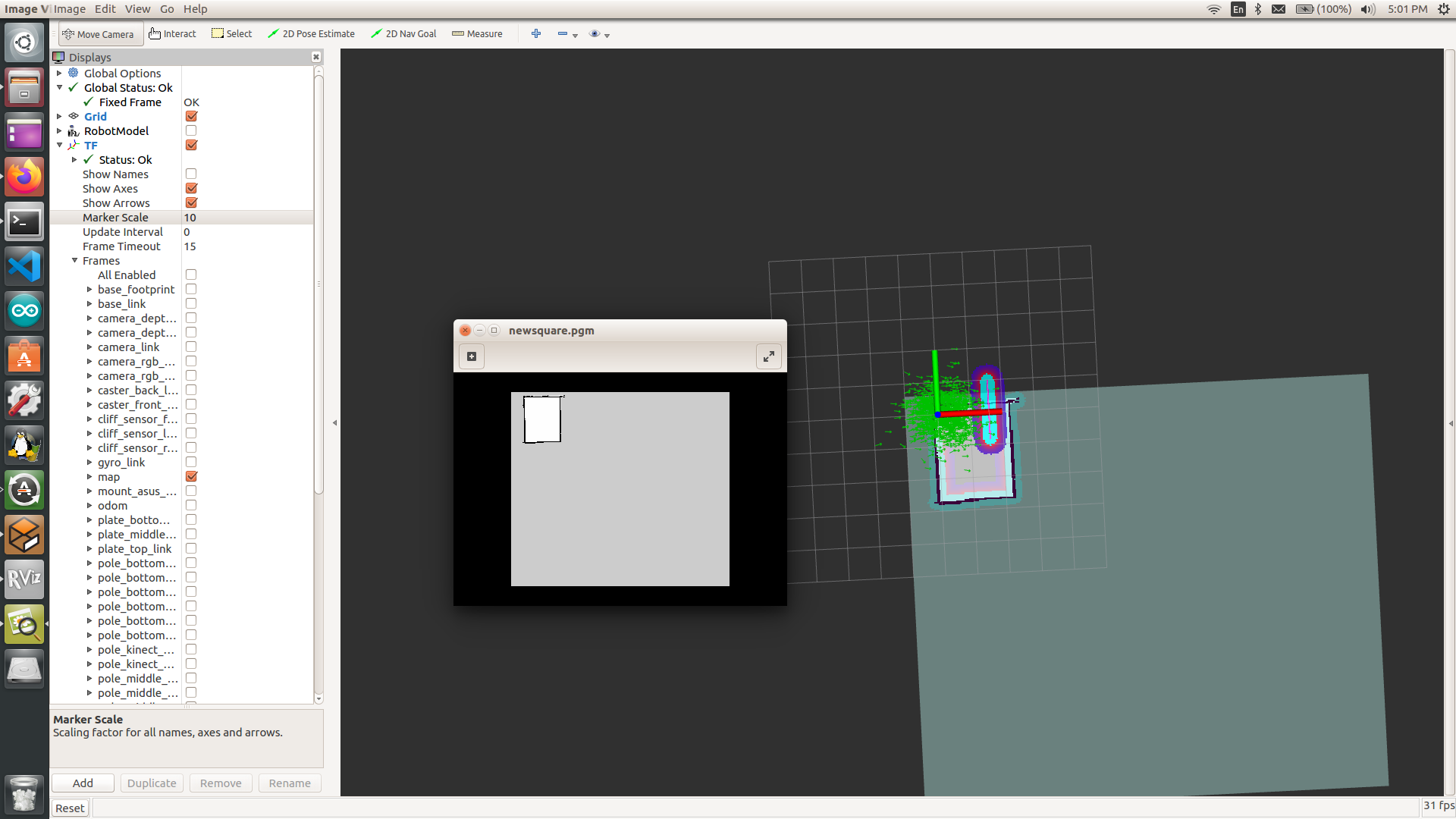
For planning algorithms, the object-based representation offers a memory-efficient description of the environment. The choice of environment representation is typically governed by the upstream perception algorithm. In the presence of dynamic obstacles in the environment, a local motion planner requires short-term predictions of the information about the surroundings to assess the validity of the planned trajectories. by the LIDAR, ultrasonic sensor, or some other object detection sensor) would be marked -1.Discrete set of objects in the surrounding environment with defined geometries.ĭiscretized grid with estimate about free and occupied regions in the surrounding environment. The number is often 0 (free space) to 100 (100% likely occupied). In an occupancy grid map, each cell is marked with a number that indicates the likelihood the cell contains an object. Thus, for a 0.1 resolution grid map, a robot that reports its position as (3.5, 4.3) corresponds to a grid map location of (35, 43). What would the corresponding location be on the grid map? On the grid cell, this location would correspond to cell (x=3, y=4) because the grid map is 1 meter resolution.īut what if we wanted to change the map resolution to 0.1 meter spacing between each grid cell? Let’s suppose the robot reported its location as (3.5, 4.3). For example, let’s say a robot’s location in the real world is recorded as (3.5, 4.3). One other thing we need to keep in mind is that I assumed the map above has 1 meter spacing between each grid cell. Knowing what part of a factory floor is open space and what part of a factory floor contains obstacles helps a robot properly plan the shortest, collision-free path from one point to another. A robot’s position in the environment at any given time is relative to the corner of the map (x=0, y=0). We can use a grid map to abstractly represent any indoor environment, including a house, apartment, and office. However, open factory floor is located at (x=3, y=3). For example, we can see in the image above that a shelf is located at (x=6, y=8). The cool thing about a grid map is that we can determine what is in each cell by looking up the coordinate.

An overhead view of a factory floor represented abstractly as a grid map with 1 meter x 1 meter cells.


 0 kommentar(er)
0 kommentar(er)
